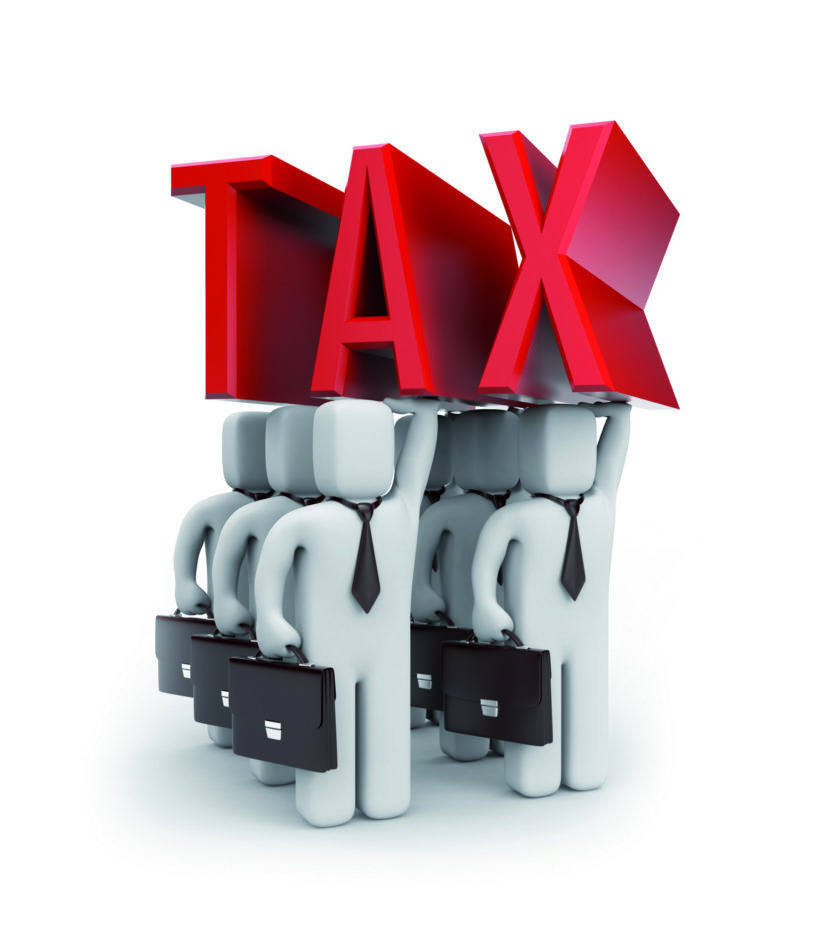HM Revenue & Customs reduced its “tax gap” to a record low £31 billion in 2018/19, according to the latest published figures.
The tax gap is the difference between the amount of tax that should in theory be paid to HMRC and what is actually paid. The gap arises for various reasons, including human error, carelessness, tax evasion and criminal attacks, the tax department said.
The tax gap for 2018/19 represented 4.7% of total tax liabilities, continuing a downward trend from 7.5% in the tax year 2005/06. HMRC said the tax gap for Income Tax, National Insurance contributions and Capital Gains Tax represented the biggest share of the gap last year at 3.4%.
But while the figure marks a new record low for the Government, AJ Bell senior analyst Tom Selby said it remained an “eye-watering” amount and warned that the Government will be under greater pressure to reduce the gap going forward.
Selby said: “To put that in context, the missing cash roughly equates to the entire budget of the Department for Transport and BEIS in 2018/19 combined.
“In reality of course there will always be a discrepancy between the amount of tax the Revenue expects to receive and the amount it rakes in each year. Businesses that become insolvent and so by definition can’t pay the tax they owe, for example, will represent part of the gap, while human error accounts for £3.1 billion of missing tax receipts. There will also be people in the so-called ‘hidden economy’ who simply do not declare their income to HMRC.
“With COVID-19 placing a huge strain on public finances, HMRC will be under even greater pressure to close the UK tax gap in 2020/21 and beyond.
“These efforts will likely focus on people breaking or bending the rules to artificially reduce the amount of tax they pay. However, simplification of the rules individuals are required to navigate and efforts to further modernise the system of reporting could also go a long way to reducing tax errors.”



































